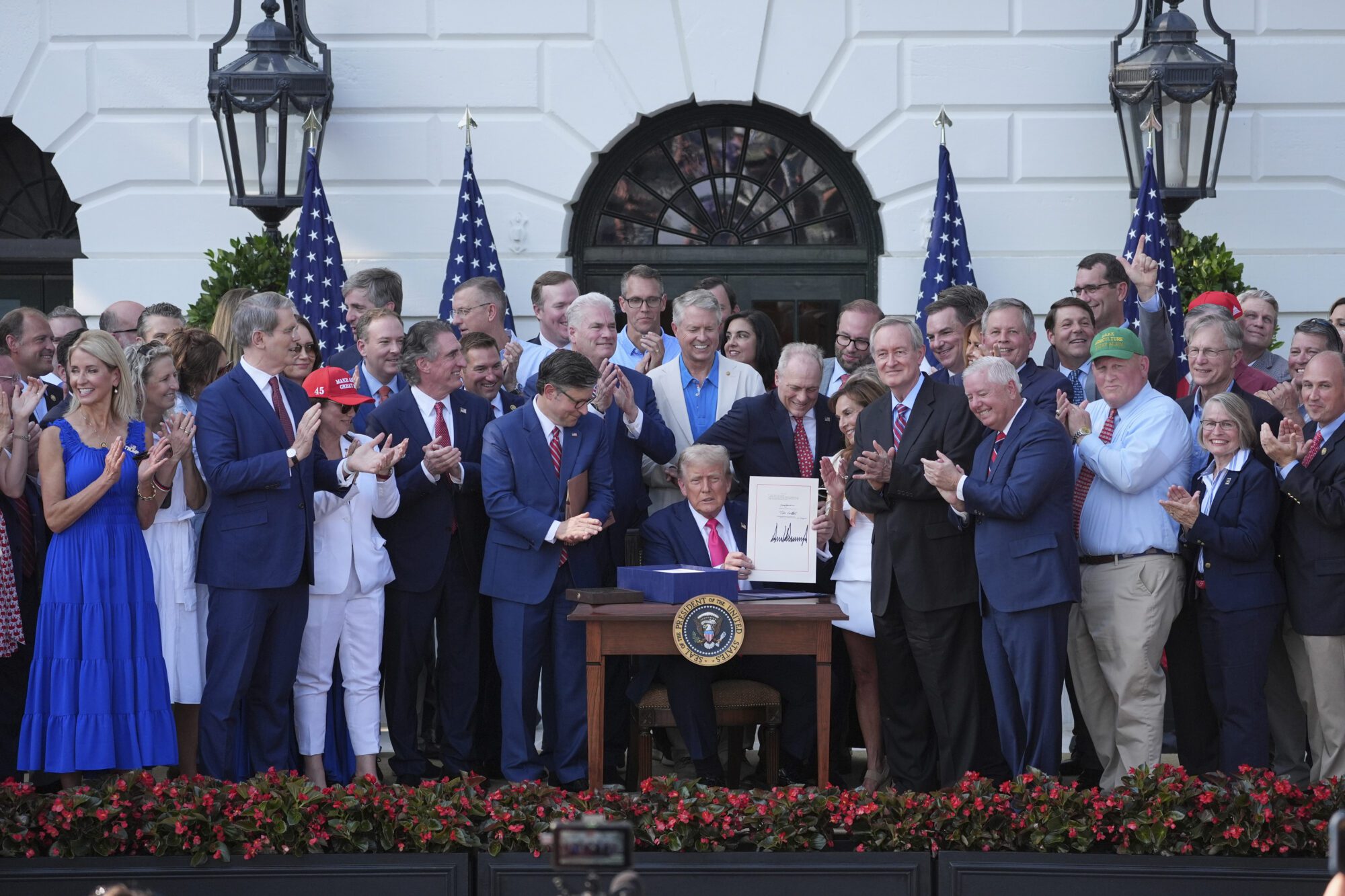
Individual lawmakers have regained a measure of influence that hadn’t existed under the previous majority.
Thirteen times between the 1st U.S. Congress and the 36th did the vote for Speaker of the House of Representatives go to multiple rounds of balloting. That means one-third of the time the Speaker vote was contested, whether due to differences in ideology, political philosophy or personality.
Of those 13 times, seven reached 10 or more rounds of voting, with the top three occurring in times of growing national unrest in the 31st Congress with 63, the 34th with 133, and 36th with 44.
There was no instantaneous national outrage. Social media and 24-hour news didn’t yet exist. In fact, it took news days, even weeks, to reach most parts of the country. And when it did, the lion’s share of negotiations and political wrangling had already played out in the halls of Congress among those elected to represent their constituents’ interests.
After 1860 and the subsequent Civil War, with a more heavy-handed, centralized federal government and a stricter political party apparatus at work, the Speaker vote has only moved beyond the first ballot twice – in the 68th Congress in 1923 and now in 2023 with the 118th Congress.
To hear today’s pundits tell it, what happened over four days and 15 rounds of voting to start this Congress “undermines democracy” and is a national “travesty” for the American people. Such historically illiterate mental gymnastics is highly short-sighted and discredits our American republic.
We live in a time when political collectivism is the norm in our public bodies. The party or group is valued more than the individual lawmaker. Yet, Americans elect individual representatives to act on their behalf, which requires those lawmakers to form coalitions large enough to impact the direction of their party or conference – even if it frustrates the collective. That is how our republic is designed to operate.
Given the narrow margin of majority by the Republicans in the U.S. House today, the process on display last week should have been expected. The fact that it wasn’t is quite telling.
Individual Republican lawmakers sought to regain a measure of influence that hadn’t existed under the previous Democratic majority.
Despite attempts to paint it otherwise, that is exactly what happened last week in the Republican Conference in the U.S. House. Individual members with strong opinions, primarily surrounding fiscal policy, found common ground with other likeminded members and held the line. While messy, the deliberations appear to have produced better public policy in the end.
To onlookers unfamiliar with the process it’s easy to see how the squabble could appear problematic, even unsettling or disjointed. Yet, the process worked.
It can even be argued from a conservative perspective that the resulting rules and concessions made by the party’s leadership are far more in line with the values of the vast majority of conservative voters as we look ahead to 2024.
Separate votes on spending bills instead of massive omnibus packages that few, if any, lawmakers actually read. Federal spending caps aimed at not increasing the ballooning national debt. Restoring the Holman Rule which allows for amendments to appropriations bills to reduce federal salaries or cut specific programs. A 72-hour review period so members can review and read proposed bills before casting a vote. And, among other things, allowing one member the ability to call to vacate the chair which holds the Speaker accountable to the body, a practice Nancy Pelosi ended.
Those do not seem radical. On the contrary, most would appear to be common sense, consensus building steps taken to better align the Republican Conference in the House with that of not only Republican voters but everyday Americans of all stripes concerned with the D.C. establishment.
On the opposite side of the aisle, it’s only natural that Democrats, now in the minority, would use the intraparty drama to their advantage, characterizing the episode in as negative of terms as possible. The Republican machine would likely have done the same if the shoe were on the other foot. Such is the day in which we live. The political theater is good for friendly national TV news ratings and memes shared on social media.
But, using history as a guide, when members of either party exert their individual authority as duly elected members of Congress and form coalitions to wield a greater influence on matters of policy, rules and oversight that more closely aligns with the American people, while it may not always be pretty, it’s what our founders envisioned and expected in our republic.
Truth is, had this played out over four days 160-plus years ago, many of us would just now be learning about it and wouldn’t give it a second thought.











